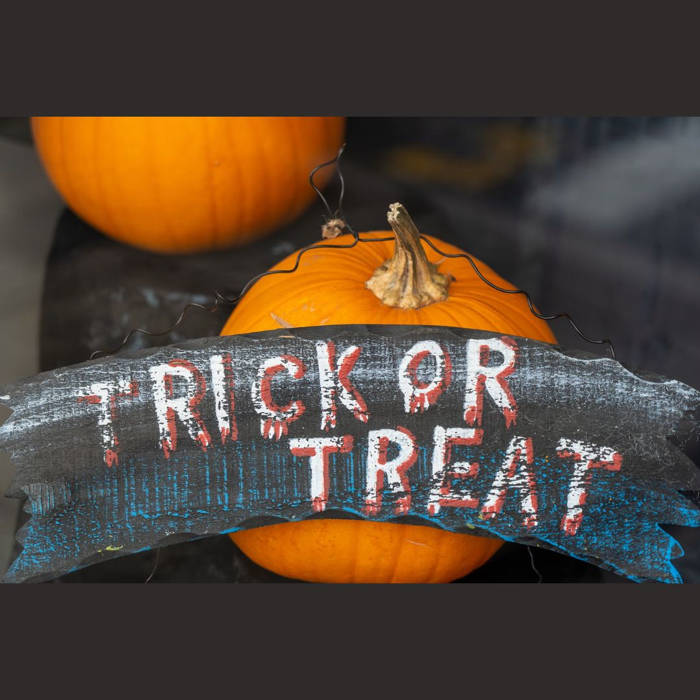
Unraveling the Origins of Trick-or-Treating Tradition on Halloween
🎃 Hey there, fellow Halloween enthusiasts! Have you ever wondered why we dress up in spooky costumes and go door-to-door asking for candy on October 31st? Well, get ready for a thrilling journey as we dive into the fascinating history of trick-or-treating, a beloved Halloween tradition that has captured the hearts of Americans for generations. 🍬
The Roots of Halloween
Before we delve into the sweet world of trick-or-treating, let's take a quick step back in time to understand the origins of Halloween itself. Halloween, originally known as "All Hallows' Eve," traces its roots back over 2,000 years to the Celtic festival of Samhain. Samhain marked the end of the harvest season and the beginning of winter, a time when the boundary between the living and the dead was believed to blur.
The Ancient Celtic Connection
The ancient Celts, who inhabited what is now Ireland, the United Kingdom, and northern France, celebrated Samhain on the night of October 31st. They believed that on this night, the spirits of the deceased returned to Earth to cause mischief. To ward off these wandering spirits, the Celts would light bonfires and wear costumes made of animal skins. This practice laid the foundation for the Halloween costume tradition.
Christian Influence on Halloween
As Christianity spread throughout the Celtic regions, it sought to incorporate existing traditions into its own celebrations. In the 8th century, Pope Gregory III declared November 1st as All Saints' Day, a day to honor saints and martyrs. To discourage pagan celebrations, All Saints' Day was strategically placed to coincide with Samhain, making October 31st All Hallows' Eve.
The All Souls' Day Connection
Another Christian holiday, All Souls' Day, also played a role in the development of Halloween. All Souls' Day, celebrated on November 2nd, was dedicated to praying for the souls of the departed. It was customary for people to go "souling," visiting homes and offering prayers for the deceased in exchange for soul cakes, a sweet treat. This practice bears a striking resemblance to our modern-day trick-or-treating.
Colonial America and Halloween
Halloween made its way to colonial America in the 17th century, but it didn't become popular until the 19th century when Irish and Scottish immigrants brought their Halloween traditions with them. The custom of dressing up in costumes and going door-to-door began to take shape during this time.
Trick-or-Treating Emerges
Now that we've set the historical stage, let's fast forward to the late 19th and early 20th centuries. Trick-or-treating, as we know it today, began to take shape in American communities. It was initially more about pranks than candy. Kids would play tricks on neighbors, such as soaping windows or tipping over outhouses, unless they were given a treat to appease them.
The Great Halloween Candy Shift
The shift from tricks to treats gained momentum in the 1930s and 1940s, partly due to the Great Depression and World War II. Communities sought ways to divert youthful mischief, and offering candy became a more appealing alternative. The practice was officially referred to as "trick-or-treating" in the 1930s.
Post-War Prosperity and Commercialization
The post-World War II era brought increased prosperity, and Halloween became a more commercialized holiday. Candy companies saw an opportunity and began promoting the giving of candy as a way to celebrate Halloween. This marketing push solidified the connection between Halloween and sweet treats.
Halloween in Pop Culture
The 1950s and 1960s saw the rise of Halloween in popular culture. Television shows and movies featuring Halloween-themed episodes and scenes, such as "It's the Great Pumpkin, Charlie Brown," helped cement the tradition of trick-or-treating in the American psyche. It became a family-friendly activity, emphasizing costumes and candy.
Modern Trick-or-Treating
Today, trick-or-treating has become a cherished Halloween tradition in the United States. Children and adults alike eagerly anticipate the opportunity to dress up as their favorite characters, monsters, or superheroes and collect a bounty of sweets from their neighbors. It's a time for communities to come together and share the joy of the holiday.
Halloween Around the World
While the practice of trick-or-treating may have originated in the United States, it has spread to many other countries around the world, each with its unique variations and customs. In Mexico, they celebrate Día de los Muertos, and in the United Kingdom, "guising" is a popular tradition similar to trick-or-treating.
Conclusion: Sweet Memories and Halloween Magic
So, there you have it, the intriguing journey through time that led us to the delightful tradition of trick-or-treating on Halloween. From its ancient Celtic roots to the commercialized candy-filled extravaganza we know today, Halloween has evolved into a holiday that brings joy and excitement to people of all ages.
As you prepare to celebrate Halloween this year, remember the rich history behind the candy-filled pumpkins and spooky costumes. It's a tradition that has stood the test of time and continues to bring smiles to the faces of millions of Americans every October 31st.
So go ahead, put on that costume, grab your trick-or-treat bag, and enjoy the magic of Halloween, because whether you're a kid or just a kid at heart, there's nothing quite like the thrill of ringing a doorbell and saying those magical words: "Trick or treat!" 🍭👻🎃
